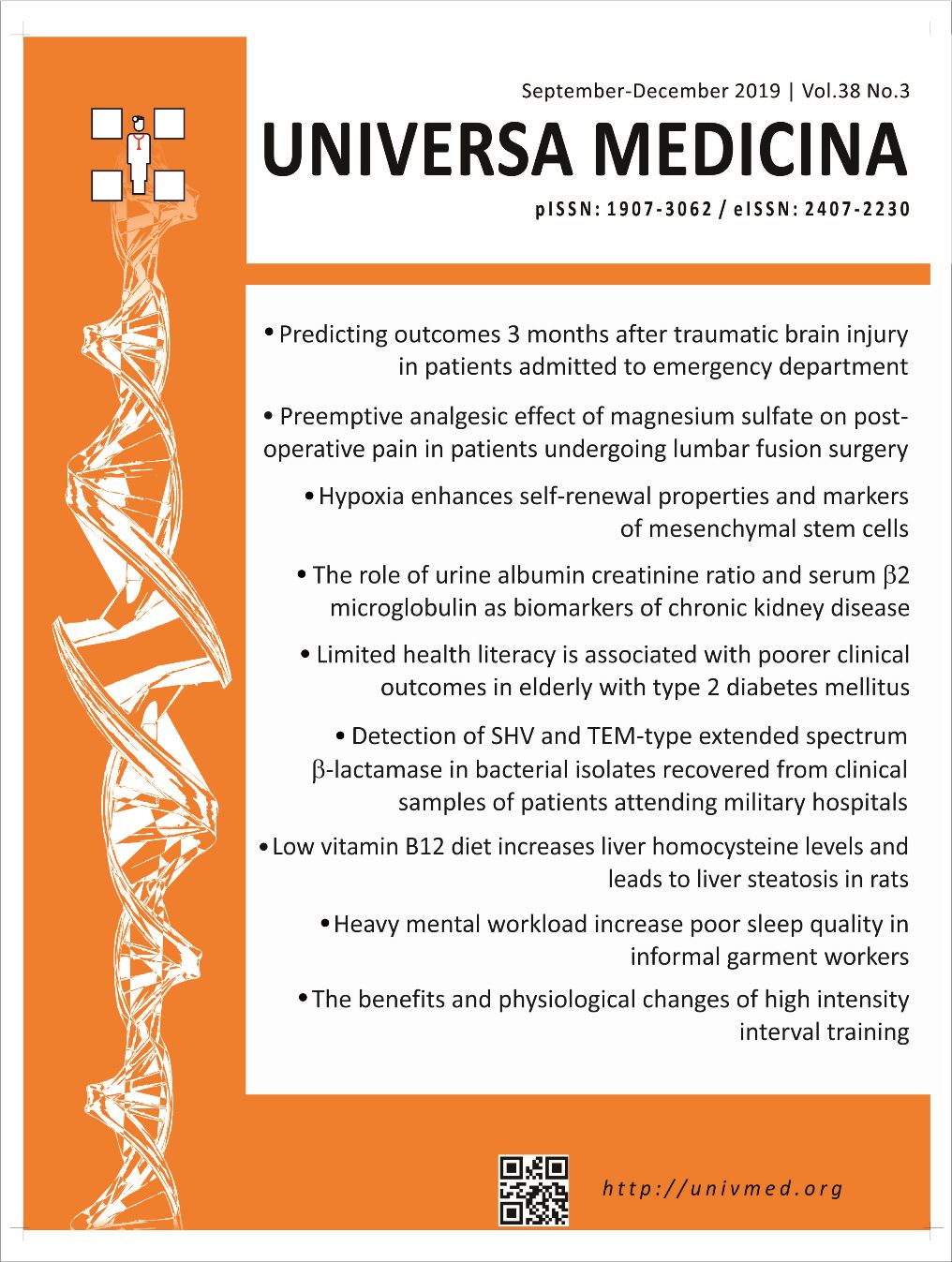

Please see our article on identifying and avoiding plagiarism, as well as our guide on what text to look for after receiving an iThenticate report. This will often be observed in the introduction, methods, and, sometimes, discussion sections. However, if the entire paper is a string of these similarities, it is a reason for concern. Similarity scores from 1-5% for any one paper may be considered acceptable (assuming no outright copying/verbatim text).
#Vt ithenticate pdf
There is less dynamic functionality in the PDF, but some of the database sources at the end of the PDF will take you to the relevant paper if you click on it.

In the PDF report, the match overview is usually found after the end of the highlighted paper.
#Vt ithenticate download
The report also highlights the specific sources by number and color in the main text (left side) so that a user quickly sees which areas of text may be problematic.Īn example of the PDF report that is often sent to authors if plagiarism is a concern is shown below, and you can also download the example report here. Next to the similarity score/index, a few of the inclusion and exclusion criteria selected by the user are reported (e.g., whether to include quoted text or the bibliography).

The Match Overview shows the user which database sources to investigate for possible plagiarized text and reports the similarity index and the number of similar words for those specific sources. The overall Similarity Index for the entire manuscript is reported in the upper right.

The basic output of the iThenticate system that a user sees is shown below. Report that a journal may send to them if a concerning amount of overlap is identified. However, most authors’ experience with this service will be via the iThenticate Similarity The iThenticate Demo can give you an idea of what a user (e.g., journal editor) sees when they use the actual system. What do journals see when they use this system? In general, the similarity score is used as measure of how much a manuscript is similar to previously published text. The program then generates a Similarity Index. The tool will also do a search of the Internet and a search of the databases of several other content providers. In brief, iThenticate compares a manuscript to their proprietary CrossRef database, which contains a large number (tens of millions and counting) of documents from scientific conferences, journals, andīooks. One of the more commonly used tools is iThenticate (also known as CrossCheck or Similarity Check). Plagiarism detections tools are commonly used by academic journals to protect themselves and the academic community from the publication of plagiarized text.


 0 kommentar(er)
0 kommentar(er)
